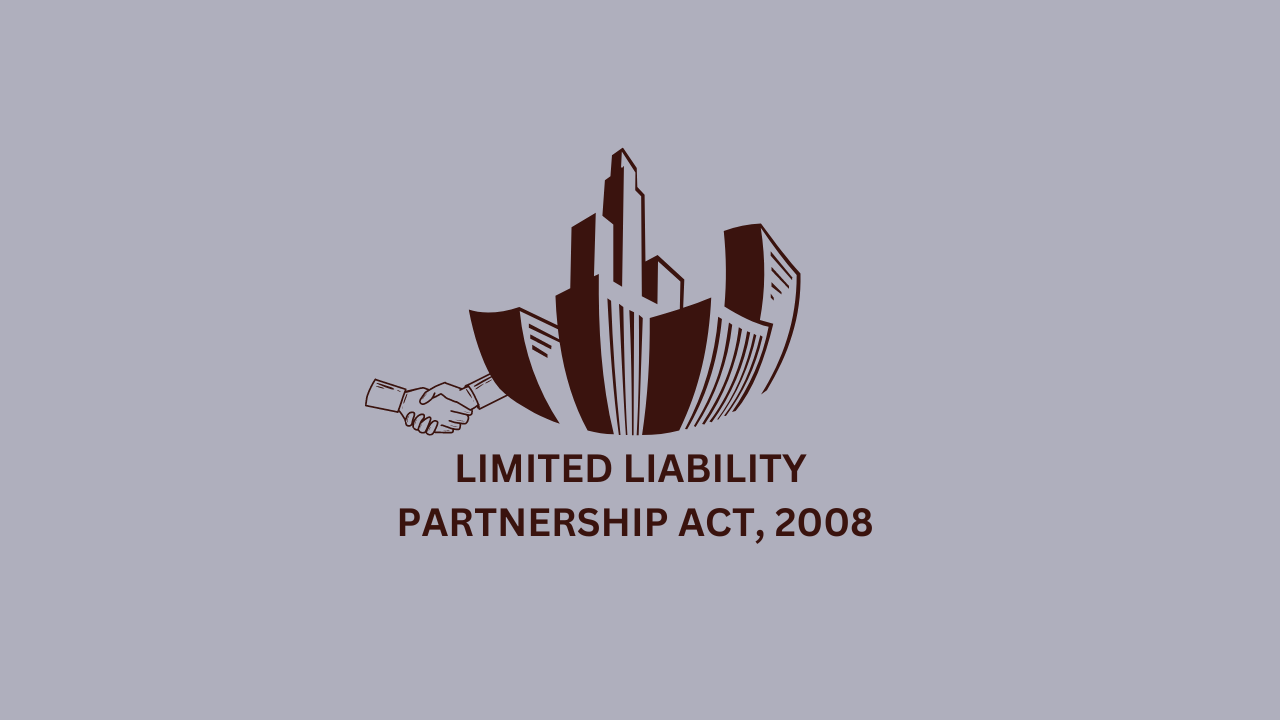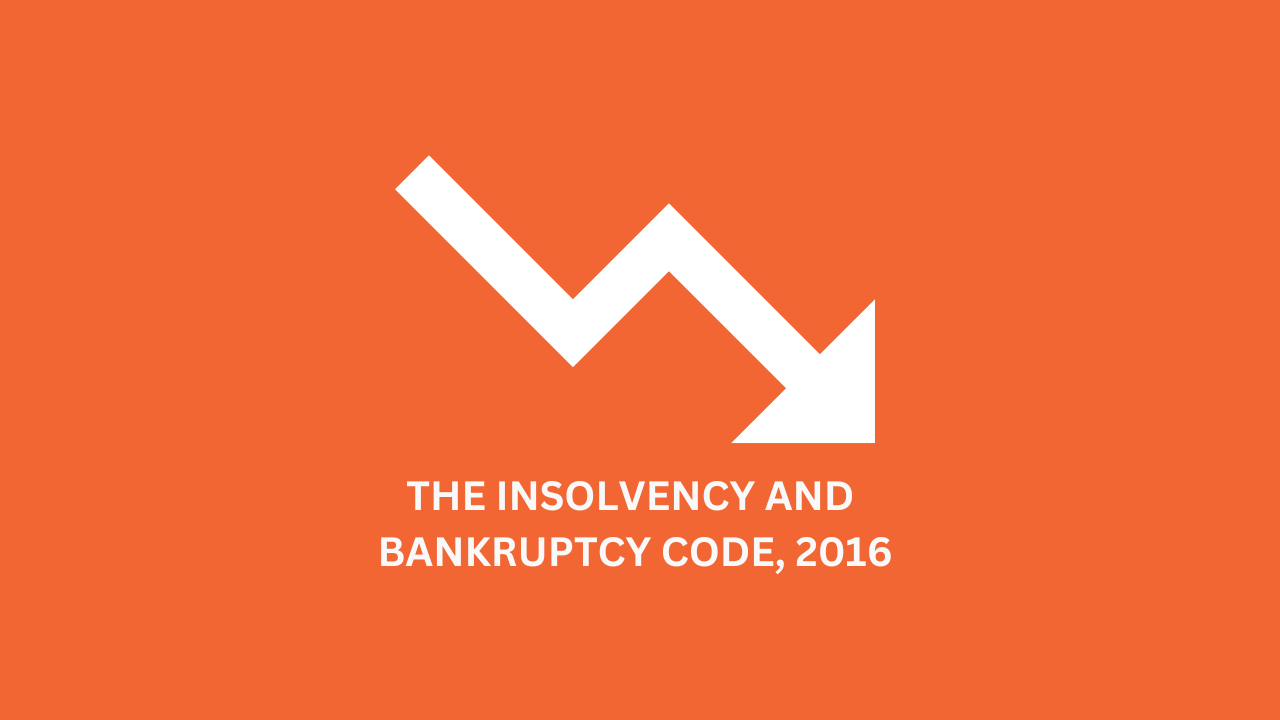
An Initial Public Offering (IPO) is a significant financial event where a private company transitions into a public company by offering its shares to the general public for the first time. In an IPO, the company aims to raise capital by selling a portion of its ownership (equity) to investors in the form of shares. This process involves a series of steps, including thorough financial and legal scrutiny, regulatory approvals, and determining the initial offering price. Once the IPO is complete, the company’s shares become tradable on a stock exchange, providing liquidity for existing shareholders and allowing new investors to buy and sell shares. IPOs are often seen as a way for companies to access additional funding for expansion, acquisitions, or other strategic initiatives, while also increasing their visibility in the financial markets.
Issuer:
SEBI (Securities and Exchange Board of India):
Underwriters and Book Running Lead Managers (BRLMs):
Stock Exchanges (e.g., BSE and NSE):
Investors:
There are two common types of IPO. They are-
Fixed Price IPO can be referred to as the issue price that some companies set for the initial sale of their shares. The investors come to know about the price of the stocks that the company decides to make public.
The demand for the stocks in the market can be known once the issue is closed. If the investors partake in this IPO, they must ensure that they pay the full price of the shares when making the application.
In the case of book building, the company initiating an IPO offers a 20% price band on the stocks to the investors. Interested investors bid on the shares before the final price is decided. Here, the investors need to specify the number of shares they intend to buy and the amount they are willing to pay per share.
The lowest share price is referred to as floor price and the highest stock price is known as cap price. The ultimate decision regarding the price of the shares is determined by investors’ bids.
Companies pursue Initial Public Offerings (IPOs) for reasons such as:
Capital Raise: IPOs enable companies to raise funds for expansion, debt repayment, or strategic initiatives.
Market Valuation: Establishing a market value for the company’s shares based on investor demand.
Liquidity for Shareholders: Providing liquidity for existing shareholders, including founders and early investors.
Currency for Acquisitions: Using shares as currency for mergers and acquisitions.
Enhanced Visibility: Increasing visibility, credibility, and attractiveness to customers and employees.
Employee Benefits: Offering stock options and equity-based benefits to attract and retain talent.
Access to Public Markets: Maintaining ongoing access to public markets for future capital needs.
Diversification of Ownership: Broadening ownership and reducing dependence on a small group of private investors.
Initial Public Offerings (IPOs) are regulated by various financial authorities to ensure transparency, fairness, and investor protection. In the context of India, the regulatory framework for IPOs is overseen by the Securities and Exchange Board of India (SEBI). Here are key regulations governing IPOs:
SEBI Guidelines:
Eligibility Criteria:
Drafting of Offer Document:
SEBI Approval:
Pricing Mechanism:
Role of Intermediaries:
Market Conduct:
Listing Requirements:
Investor Protection:
Continuous Disclosure:
Profitability Track Record:
Net Worth:
Positive Cash Accruals:
Net Tangible Assets:
Minimum Issue Size:
Promoter’s Contribution:
No Default:
Regulatory Compliance:
Utilization of Funds:
Appointment of Intermediaries:
Lock-in Requirements:
Certain categories may be eligible for exceptions to standard IPO eligibility norms in India:
Startups and Innovators:
Sector-Specific Relaxations:
Companies in CIRP:
DVR Issuers:
ITP-Listed Companies:
SMEs:
While these categories may have relaxed norms, regulatory authorities maintain basic investor protection and market integrity principles. Companies should review specific SEBI guidelines for their eligibility criteria.
Issuer:
Underwriter:
Fixed Price IPOs:
Price Band:
DRHP (Draft Red Herring Prospectus):
Under Subscription:
Over Subscription:
Green Shoe Option:
Book Building:
Flipping:
While an Initial Public Offering (IPO) opens doors to capital and visibility, companies must carefully balance the benefits with the complexities. Strategic planning and a commitment to transparency are key to navigating the challenges and ensuring sustained success in the public markets.








